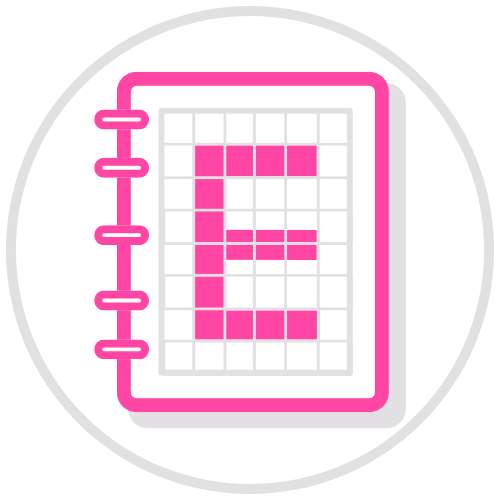
Elevate Your Engineering Knowledge
The Engineering Notebook is the platform for Mechanical Engineers.
Access engineering calculators, real-world GD&T guidance, fastener and thread data, design examples and professional development resources – all in one place.
This is a community created by engineers, for engineers.
Used by Engineers at
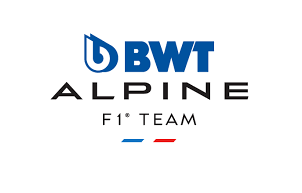
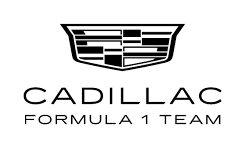
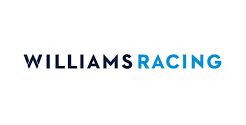
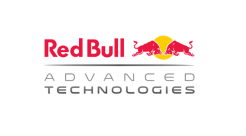


Access to a wide range of engineering resources
Dive into core engineering principles and strengthen your technical foundation with in-depth examples that connect theory to real design work
Newsletter Subscription
Quick read articles discussing design tips, tools and tutorials
Online Calculators
Save hours with precision engineering tools
Mentorship + Community
Ask questions, get feedback, and learn from seasoned professionals

Free Downloads & Data Sheets
Practical PDFs, cheatsheets, and engineering templates

Oliver Buchanan
Student,
Imperial College
If you are an undergraduate or postgraduate engineering student (or you are simply interested in expanding your knowledge), I can recommend the Engineering Notebook. This gives digestible snippets of info on useful engineering topics such as GD&T.
What’s New?
- 6P Hex Head Bolt SizesReference guide for 6P hex head bolts in metric and imperial standards, including thread size and head dimensions
- Essential O-Ring TerminologyA comprehensive guide to O-ring terminology, covering dimensions, materials, operating parameters, and common issues for proper selection and maintenance.
- Understanding Dash Numbers in Hydraulic HosesUnderstanding dash numbers in hydraulic hoses is essential for proper sizing and compatibility in hydraulic systems.
